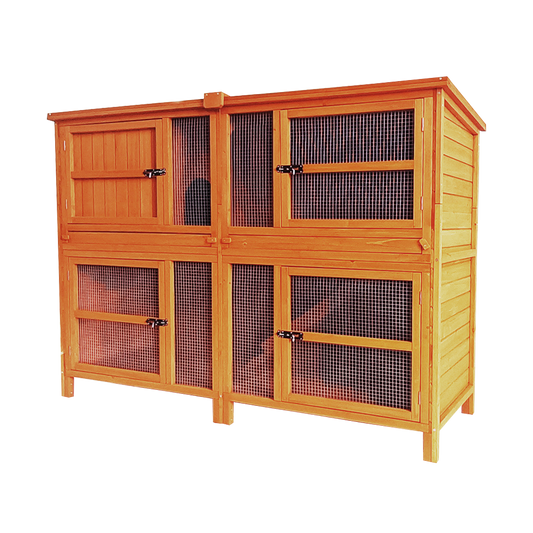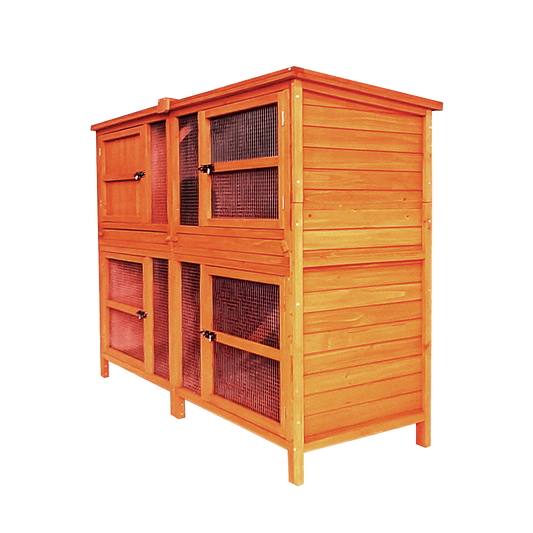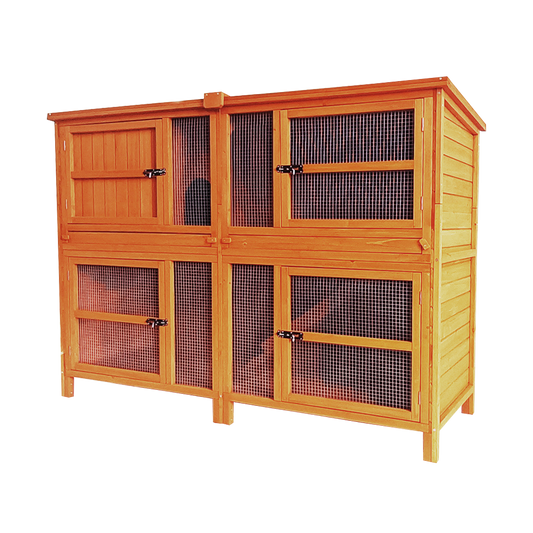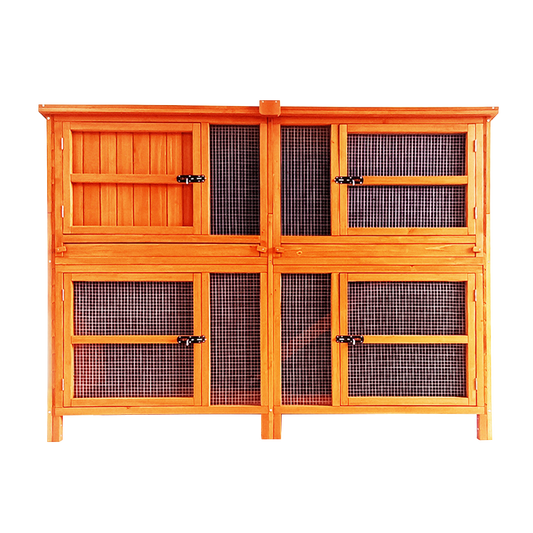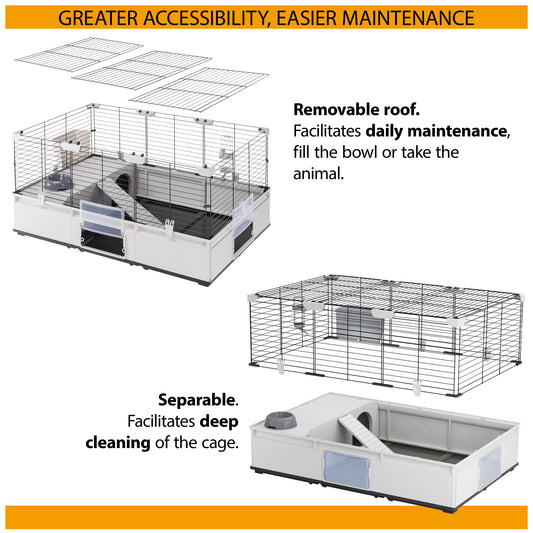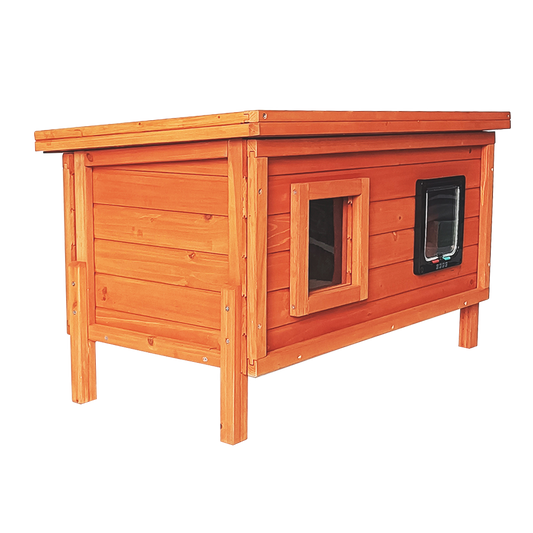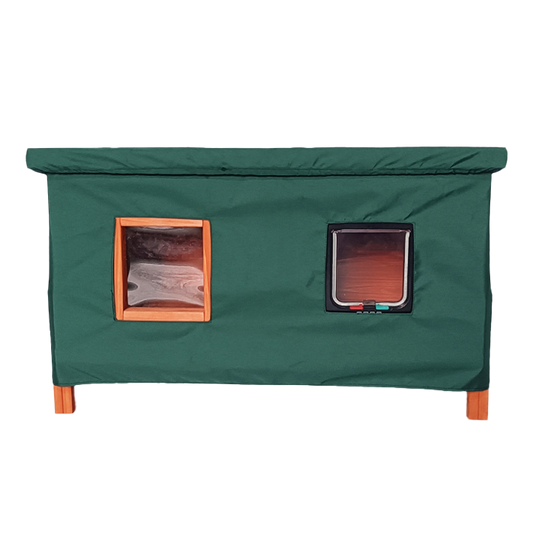Bringing home a new kitten should always be an exciting and memorable occasion. Making sure you have everything prepared beforehand can reduce any worry that your new family member might not settle in straightaway. We’ve put together a list of essentials you’ll need from day one to get you started as well as a few tips to help them settle into their new home.
Firstly, as exciting as it is bringing a new pet home, don’t forget that your kitten will be very nervous and confused. They have only ever known life with their mum and litter siblings, so being taken away from this and dropped into a totally new environment can be very daunting for even the most confident animal. Try to avoid stressing them out too much by remaining quiet and calm, giving them time to explore in their own time but offering plenty of safe “caves” for them to rest in if it all becomes too much. Above all, be patient!
It’s typically a good idea to limit the number of rooms your new kitten has access to. Setting aside a single room for this purpose is no bad thing. Over time you can allow them to explore other parts of the house as their confidence builds. Their instinct may be to hide at first. Don’t worry, this is perfectly normal. In fact, you should resist the desire to control their movements at first. Just give them time, speak softly and let them explore their new environment. The offer of a couple of kitten treats can help form a positive association with you. It won’t take them long to come out of their shell. Now, let’s take a look at the essentials you’ll need from day one.
Food, glorious food
Cat food comes in three major varieties so it’s always best to stick with whatever food your kitten is currently being fed and gradually change them over to your chosen diet over a period of seven days. Start off with 75% old food, 25% new and steadily change the percentage until you’re feeding 100% new food with no upset tummies. Dry food is great for those little needle-like kitten teeth as it helps clean them at the same time. Wet food is meaty, moisture-rich and tasty to most cats. Many people feed a mixture of wet and dry to add variety or feed wet at mealtimes and leave dried kibble down for their cat during the day to snack on. Unlike dogs, cats seldom overeat so making some dried food available throughout the day isn’t typically an issue.
Raw feeding is now becoming more popular in the cat world and an increasing number of food brands are introducing complete cat meals to sit alongside their raw dog food ranges. Most raw cat food is in minced form and simply needs to be thawed and fed raw. Advocates of raw feeding cite benefits such as healthy teeth, a shiny coat and an increase in bounce and energy from the high protein content. The need for high levels of hygiene are more pronounced when raw feeding, however, alongside an organised approach to storing and thawing.
Toys and games
Of course, one of the most entertaining things for a kitten and their owner to share in is playtime. Providing lots of toys for your kitten will help to physically and mentally stimulate them preventing boredom. Play also helps to create a special bond between you and your new furry friend. Small toys like catnip-filled mice, balls with bells inside and coloured springs are all great choices. The longer, teaser-type wands, which usually have something feathery or fluffy at the end of a long stick, are also perfect if you want to keep your fingers from being accidentally clawed!
Interactive cat toys can be brilliant too as your kitten can keep themselves amused with these when you’re busy doing other things. It’s important to supervise your cat when introducing a new toy, however, so you can assess whether it is suitable for them to use when you’re not around. Some look like toy racetracks but have a ball inside the track which your kitten can paw at, resulting in the ball moving round and round enticing your kitten to stalk and capture it. Battery-operated laser-type tools are also popular. Your cat will spend hours trying to catch the little beam of light if you let them but it’s a much better idea to limit this kind of activity to just a few minutes. After a while a cat will get frustrated if they can’t physically capture their prey and this can lead to stress.
Cat activity centres are also fabulous and most cats, regardless of their age, love them. They come in all sorts of shapes and sizes and can be used for playing, scratching (to keep their claws in shape) and to sharpen their hunting and problem-solving skills. Don’t forget, if all else fails, you can always make your own feline play area with a selection of boxes, string and cardboard tubes!
As previously mentioned, catnip is also a firm favourite with most cats and the scent of it can make cats incredibly happy. Those that respond to it love the smell and will roll around in it rubbing their scent everywhere. It’s a joy to watch. Catnip comes in a variety of forms, inside cat toys, in little sachets (it looks like dried herbs) and in spray bottles.
The big outdoors
Once your kitten is old enough, and has been neutered, you may want to let them venture outside. Cat flaps are great as they allow your cat to come and go as they please. However, if you’re worried about your cat getting lost, hurt or worse, then catios are a perfect solution. A catio is essentially a patio for cats and is usually made from timber and mesh. They typically attach to the side of your house although they can also be freestanding. Catios are basically like a large outdoor aviary and are best when fitted with different levels and platforms for your cat to explore, climb and jump across. Even if you only have space for a window-box size catio, it will provide your cat with fresh air and a great vantage point from which to safely watch birds and other cats.
Litter
All kittens and indoor cats need at least one litter tray per cat as an absolute minimum although a preferable rule of thumb is the N+1 formula where N is equal to the number of cats in your household.
Litter trays come in many forms. Some have a hood to give your cat some privacy and to keep the litter inside the tray. Others are just a traditional open tray which are often used for tiny kittens or cats that don’t like being enclosed. There are even automated litter trays that empty themselves! Choosing the right one for your cat can be challenging as you need to make sure they use it. Cats can be very fussy regarding their toilet area so a little trial and error may be necessary to find out exactly where your cat prefers to do their private business. Cats also like to toilet in peace so having a litter tray in a busy room may result in your cat choosing not to use it and toileting elsewhere. It’s always advisable to keep the litter tray in a quiet corner of the house, which your cat has easy access to, but aren’t likely to be pestered by children or the family dog.
You may be wondering why on earth cat litter needs its own paragraph. Surely cat litter is cat litter right? Wrong! Cats can be extremely fussy when it comes to using a litter tray, and if it’s not the litter tray itself or the position of it that it’s putting the cat off, it will most likely be the type of litter used. Some cats will not use certain types of cat litter for various reasons. There are many different types of cat litter available such as the traditional clay-type, wooden pellets that turn into sand once wet, paper-based, crystal type and so on. Some cats don’t like the feeling of certain textures on their pads so again, a little trial and error is usually needed to find the right litter as no two cats are the same.
Every cat needs a friend
Finally, it’s important to remember that every kitten needs a friend. Kittens are very playful, inquisitive animals and they love company. They’re not as needy or clingy as dogs, which is why many people like them, but they do like companionship in the form of another animal playmate or an attentive pet parent. In short, they love someone or something to cuddle up to! Taking on two kittens from a litter rather than one doesn’t necessarily require too much more effort as they can keep each other entertained whilst you’re at work but also happily greet you at the door when you arrive home. What could be better?
Cats make a wonderful addition to the family and following these simple guidelines will help make the process of getting them settled into their new home as smooth as possible.
Here are more new cat articles:
Cat Shedding - How To Handle The Hair
Choosing the Right Pet Insurance for Your Cat


